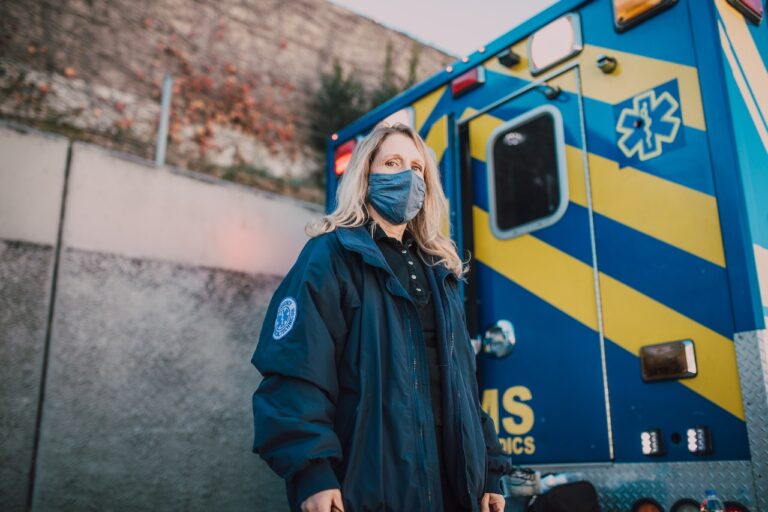
As you may know, we’re facing a national EMS shortage across the nation. Working as an understaffed EMT can be challenging, but there are several things you can do to manage the workload and provide the best possible care to your patients. Here are some tips on how to survive and flourish in an understaffed environment:
Prioritize your tasks
When you are understaffed, it’s important to prioritize your tasks to ensure that you are providing care to the most critical patients first. This means triaging patients to determine who needs care the most urgently.
Communicate effectively
Communication is key in any emergency situation, but it’s especially important when you are understaffed. Make sure that you are communicating effectively with your team and any other emergency services that may be involved in the response.
Be prepared
As an EMT, it’s essential to be prepared for any situation. Make sure that you have all the necessary equipment and supplies with you at all times, and that you are familiar with the protocols and procedures that you need to follow.
Stay calm
In an emergency situation, it’s important to remain calm and focused. Take deep breaths and try to stay calm, even if the situation is stressful.
Work efficiently
When you are understaffed, you need to work efficiently to ensure that you are providing care to as many patients as possible. This means working quickly and efficiently, while still providing high-quality care.
Take care of yourself
Working as an EMT can be physically and emotionally demanding, so it’s important to take care of yourself. Make sure that you are getting enough rest, eating well, and taking breaks when you need them.
Seek help if needed
If you feel overwhelmed or need assistance, don’t hesitate to seek help. Call for backup or ask other emergency services for assistance if necessary.
Remember, as an EMT, your primary goal is to provide the best possible care to your patients, even when working under difficult circumstances. By prioritizing your tasks, communicating effectively, and working efficiently, you can provide high-quality care even when understaffed. Thanks for reading!